In addition to the wireless module, I started working on infrastructure to support a network of devices. I'm using a USRP to coordinate a group of these things and respond in real time to changes in the spectral environment. This is really important in TV Whitespace, because wireless microphones are also in that band and need to be avoided when sensed. Cognitive radio in general is a neat and highly active research topic, so it's good for other applications too.
Here's the schematic, which could be considered a system design document, but a higher level look at things can be seen in this paper I wrote.
Level is distributed under the MIT license. This means that you can share and adapt the work, but you must attribute the work to the original author.
To save time, I've also been using SimpliciTI as a mesh networking stack. It's open source, but not as free-as-in-speech as I'd like, so I plan on moving away from it. Until then, all SimpliciTI code is distributed under TI's license agreement, which can be found in the github repo which is linked over to the left.
There is also some experimental code for talking with SimpliciTI and doing other whitespace things with a USRP in gnuradio. That's in the Cognitive Basestation repo linked to the left.
 Hunter Scott
Hunter Scott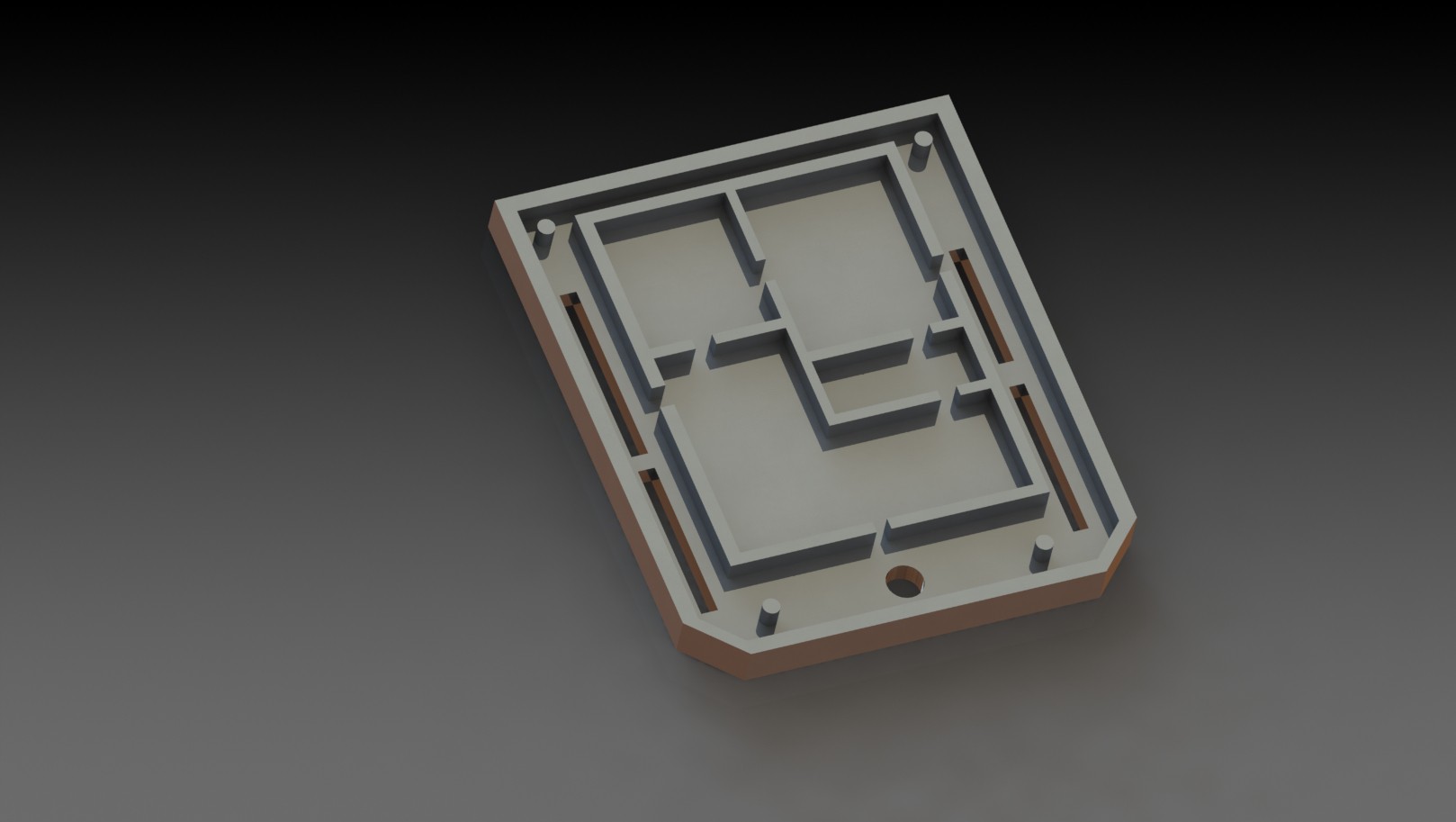
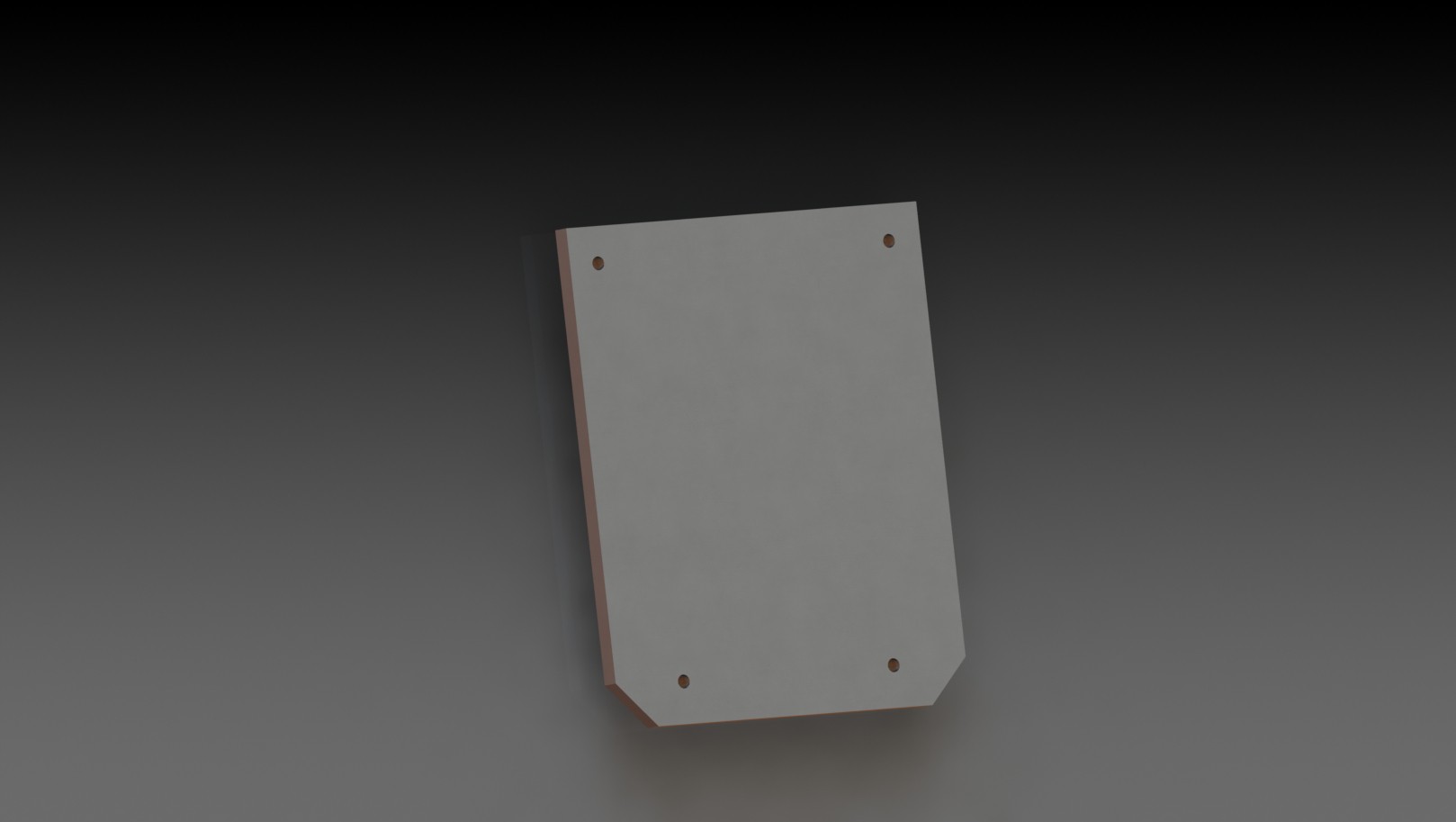
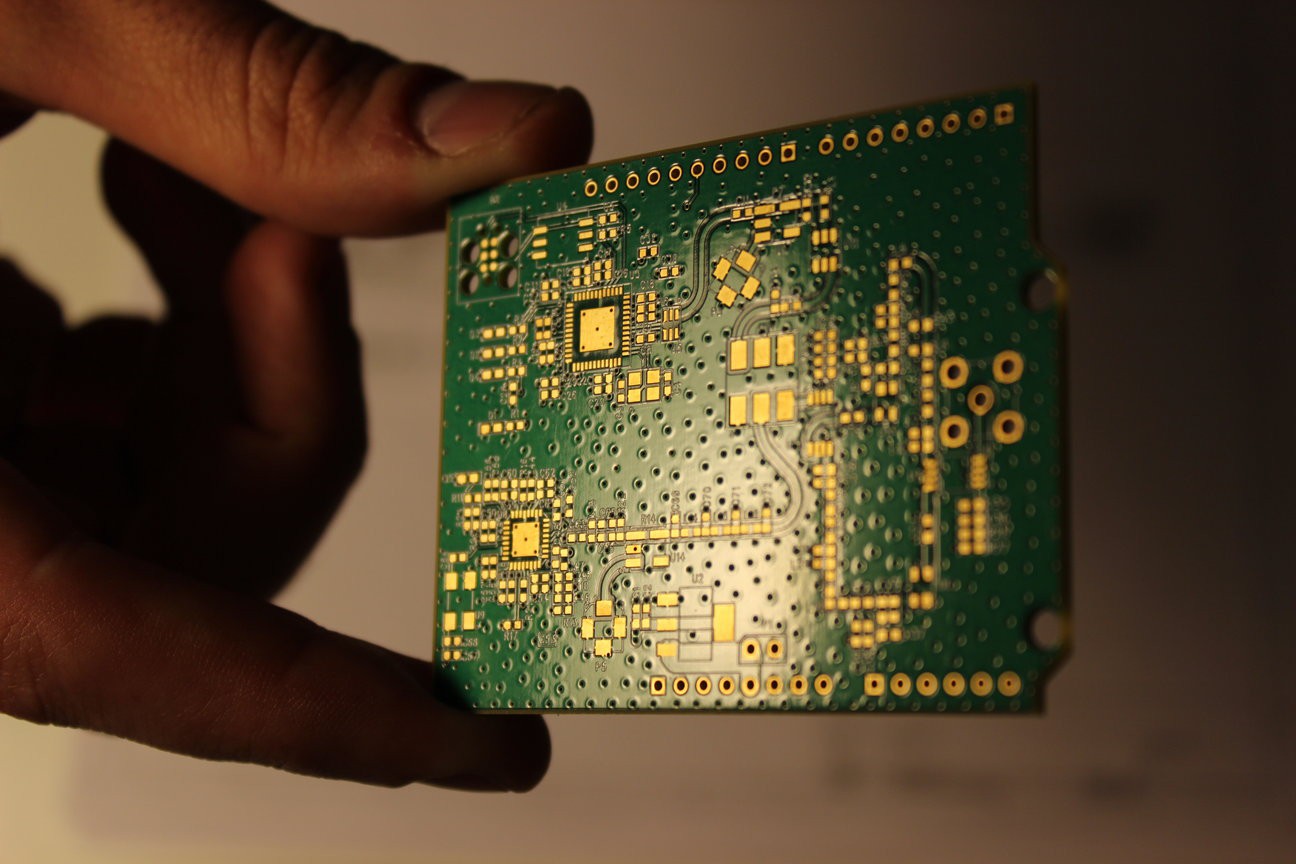
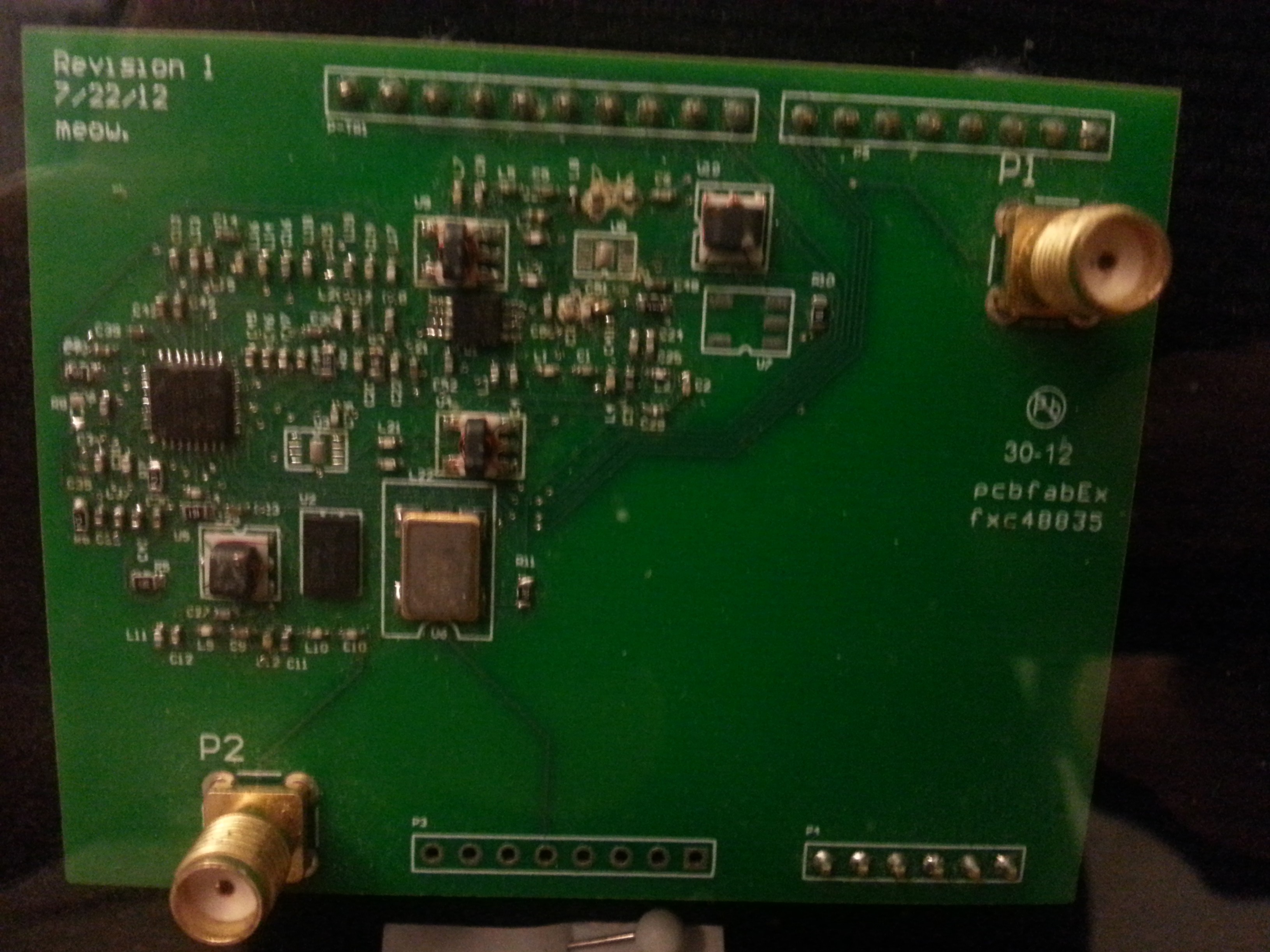
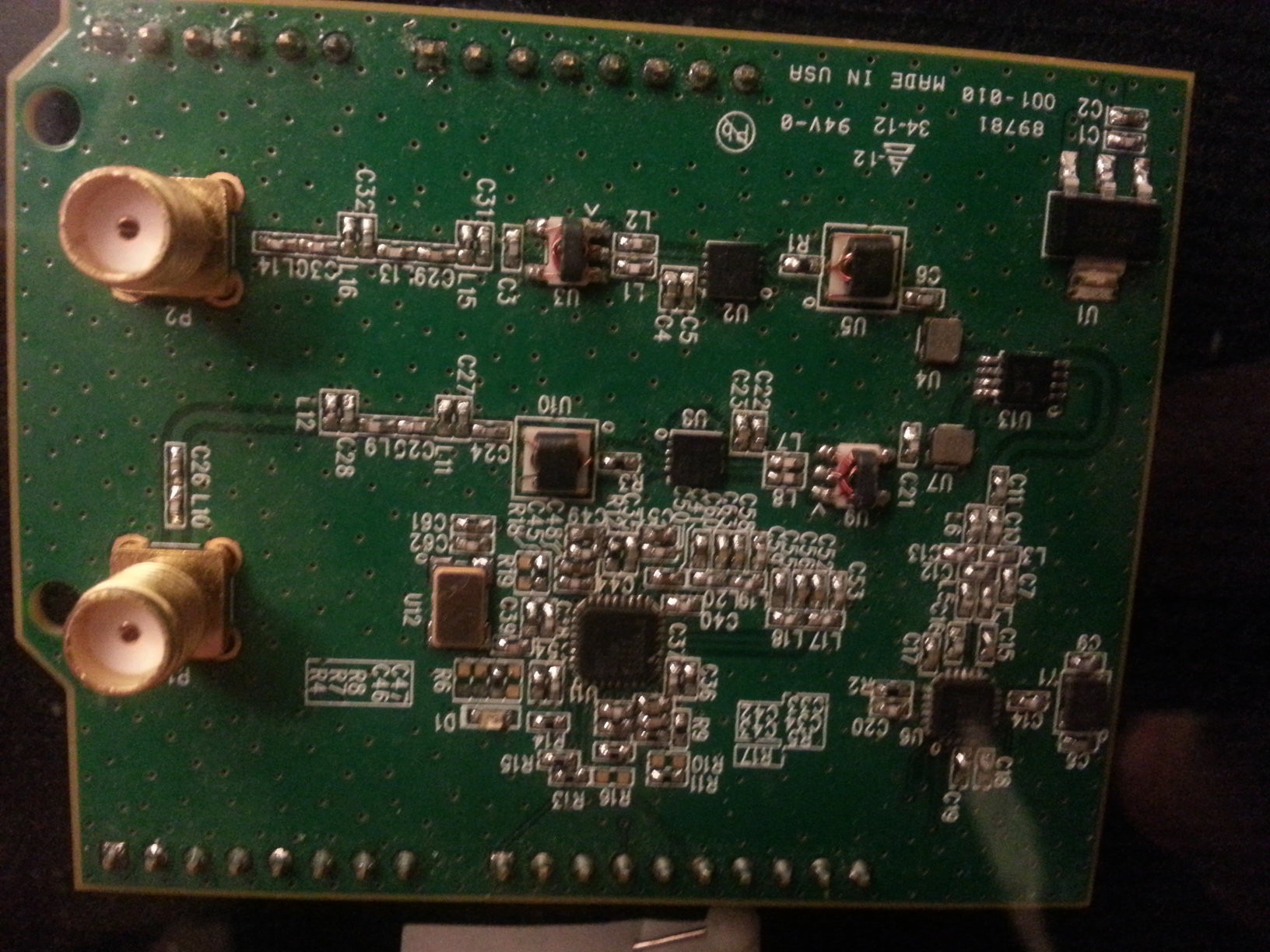
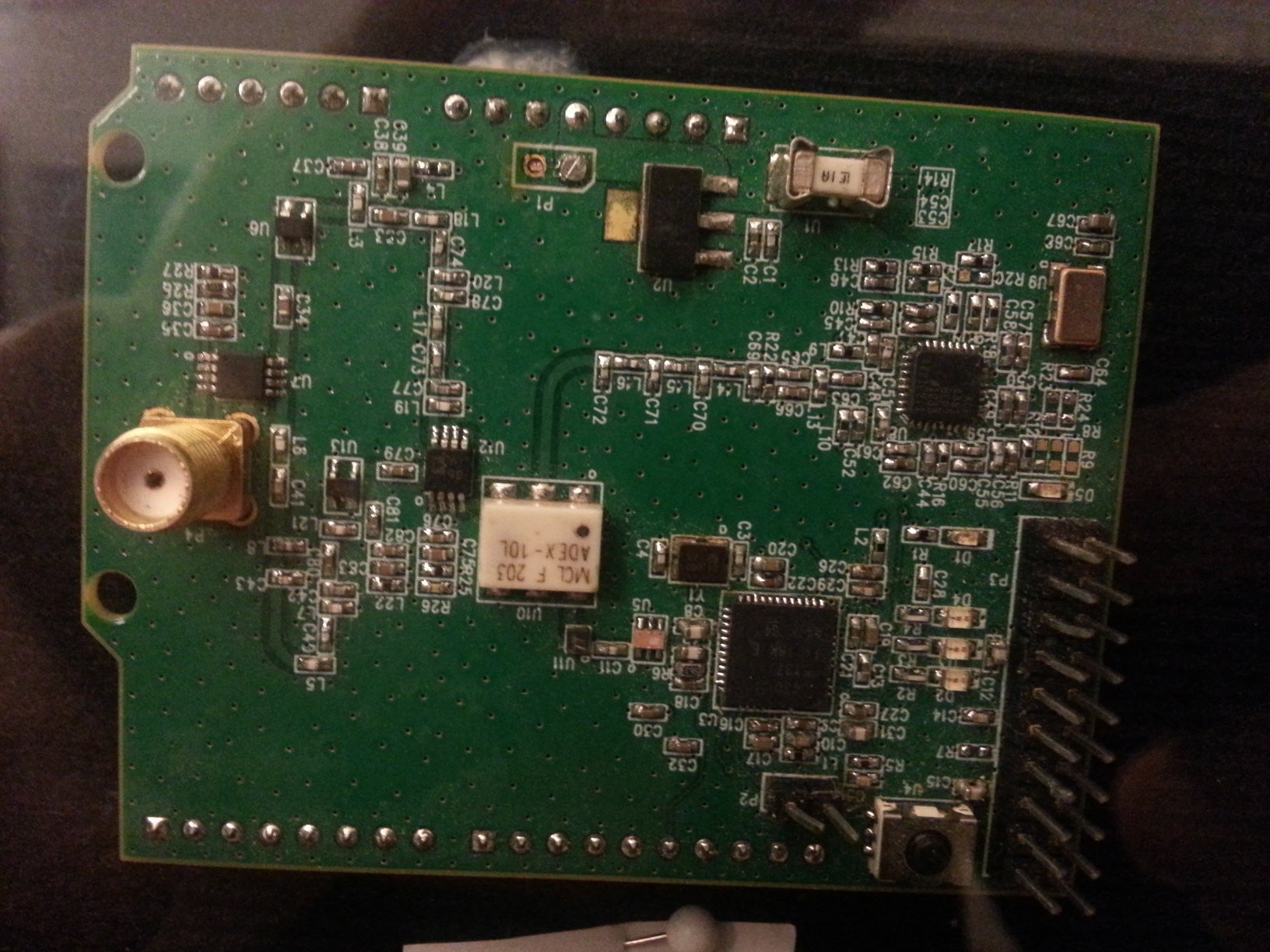
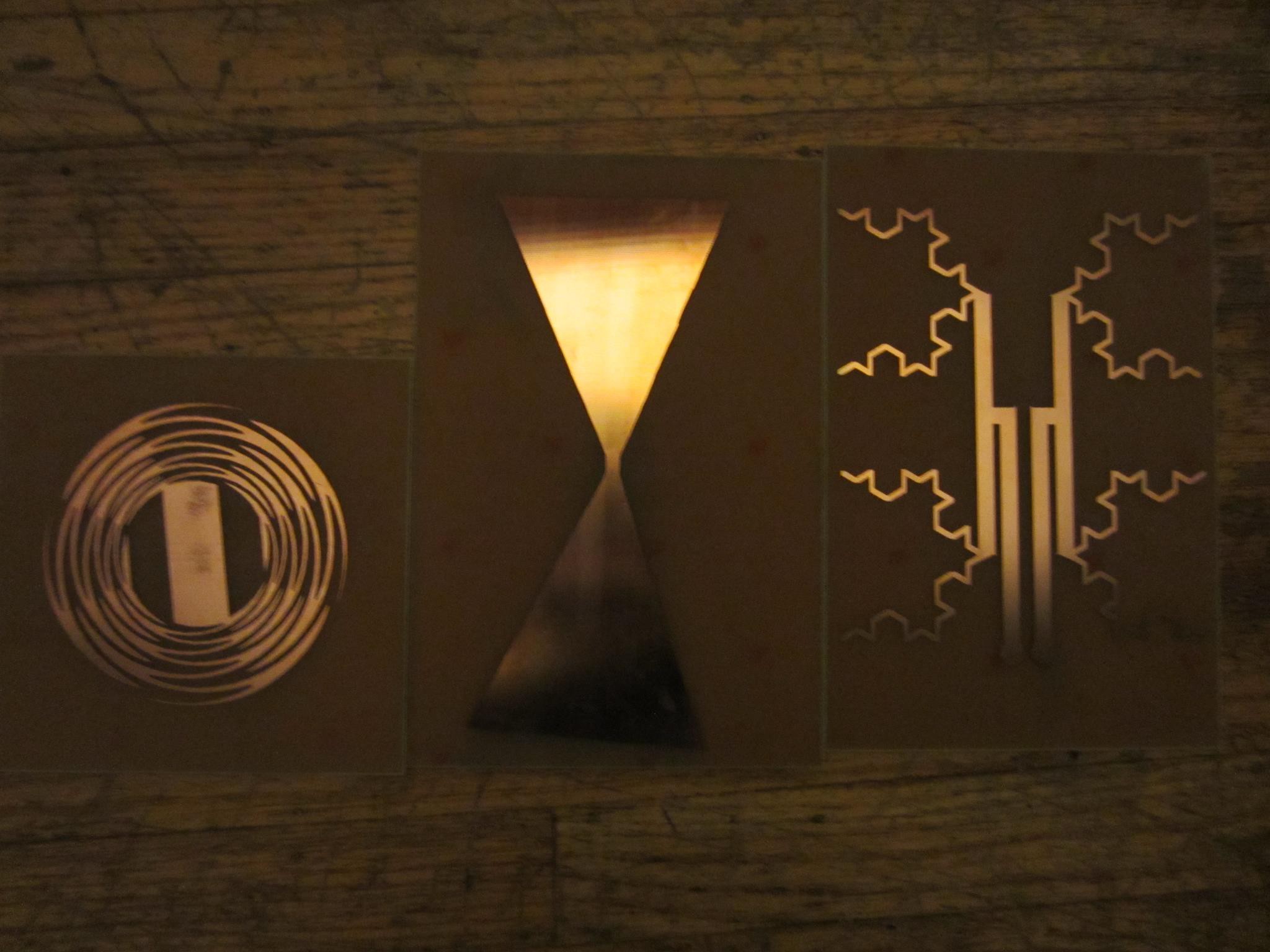
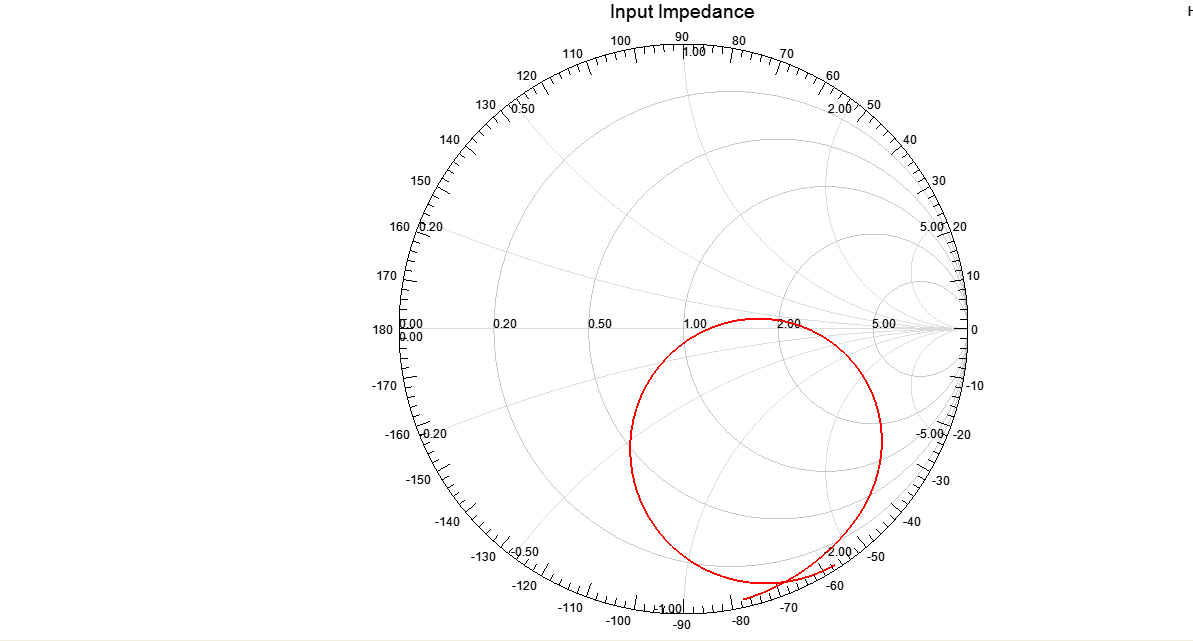
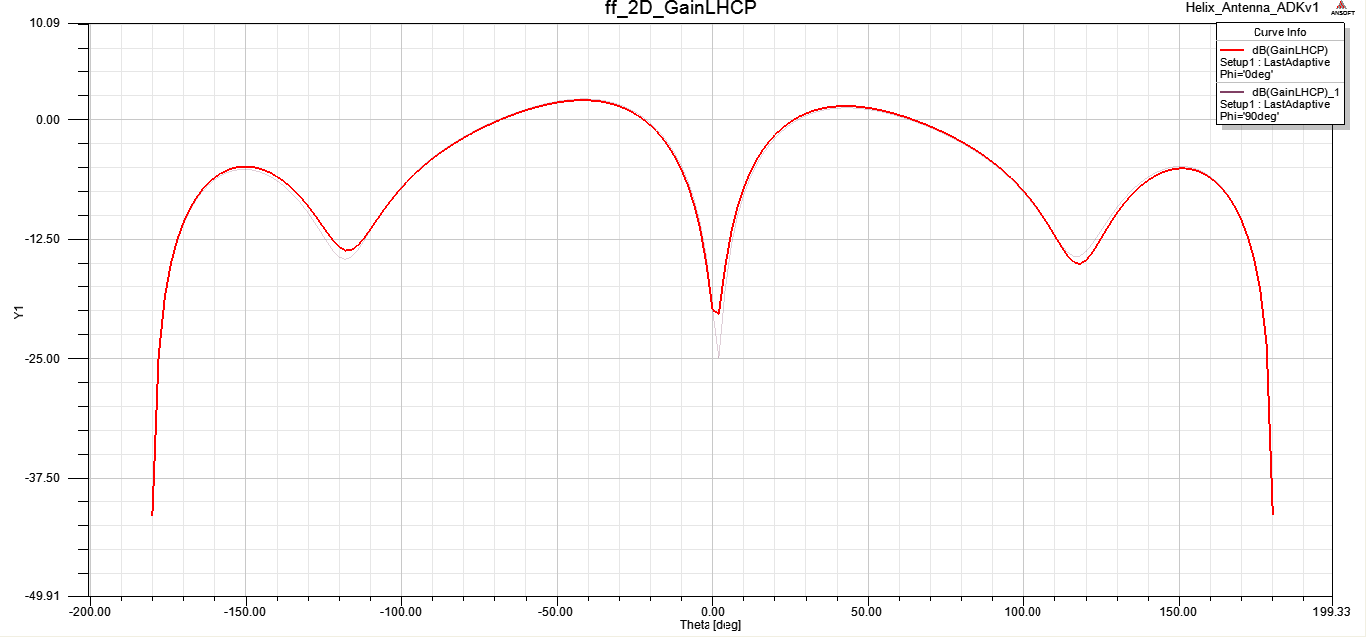





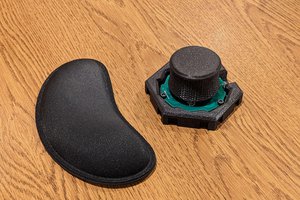
 colton.baldridge
colton.baldridge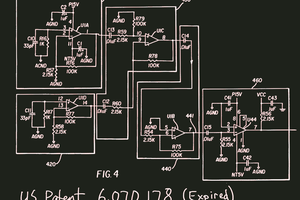
 Tom Anderson
Tom Anderson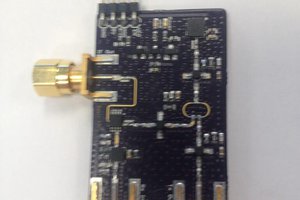
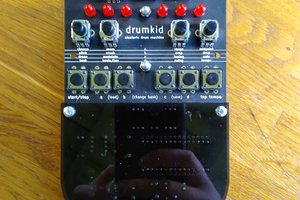
 Matt Bradshaw
Matt Bradshaw
can i use this radiofrequency module on a raspberry pi?